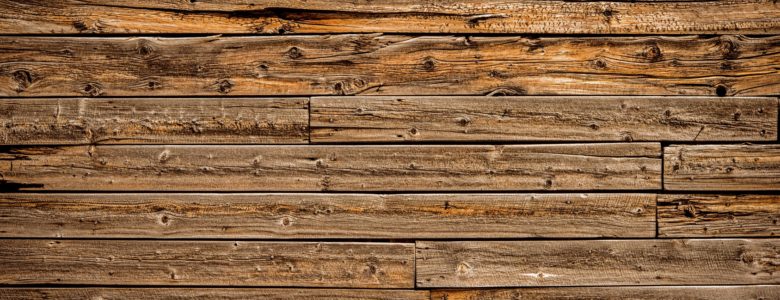How much do you know about the foundation building process?
If you’re just starting to learn, chances are that you aren’t familiar with a soldier pile retaining wall. Soldier pile and lagging walls are known as being some of the oldest retaining systems for deep excavations in modern building.
Going all the way back to the 18th century, soldier piles have been used in London, Berlin and New York. In fact, most people refer to the soldier pile method as “Berlin Wall” for walls built of steel and timber.
Alternatively (and at an increased cost), builders use circular pipes, caissons or concrete piles.
So how is a soldier pile built?
Read on to find out.
The Formation of a Soldier Pile Retaining Wall
Constructing a soldier pile wall is a detailed process that includes very specific requirements.
First, the construction of soldier piles is done at regular intervals, between 6 feet and 12 feet apart. The excavating is done in small stages while installing lagging.
Backfilling and compacting is then done to the void space which is behind the lagging.
How Does Moment Resistance Work?
Soldier piles provide moment resistance in a soldier pile retaining wall. With that said, it also provides moment resistance in the lagging walls.
It also provides passive soil resistance. Passive soil resistance is accomplished by planting the soldier piles firmly below an excavation grade.
Then, the lagging connects soil across the piles. It works to transfer all lateral loads into the system of the soldier pile.
What Are the Main Advantages to This Type of Retaining Wall?
This type of retaining wall construction has many advantages. Some of the main advantages include:
- They are very fast to build
- They are less expensive than other available retaining wall systems
- The lagging construction tends to be very fast
In addition, the installation of soldier piles is very versatile. It’s easier to make adjustments on the fly that accommodate changes during the construction process.
Additionally, you don’t need to have advanced construction knowledge or techniques to construct lagging walls and soldier piles. This makes them a great option for novice builders.
Are There Any Disadvantages?
Nothing in life is perfect. So yes, there are some disadvantages to a soldier pile retaining wall. They include:
- They are typically used for temporary construction
- If back-filling isn’t done properly, ground losses can occur which result in surface settlements
Additionally, soldier piles should never be used in high-water table conditions. You wouldn’t be able to build them without first engaging in extensive water removal techniques.
You’ll also notice that they aren’t as durable or “stiff” as a lot of other retaining wall systems. It’s also hard to control the movement of basal soil.
Are Soldier Piles the Right Solution for Your Retaining Wall?
You may be asking yourself if a soldier pile retaining wall is the right solution for your upcoming construction project.
Get in touch with us to discuss the specific needs of your construction project and if soldier piles could work for you.
We’re always here to talk!

